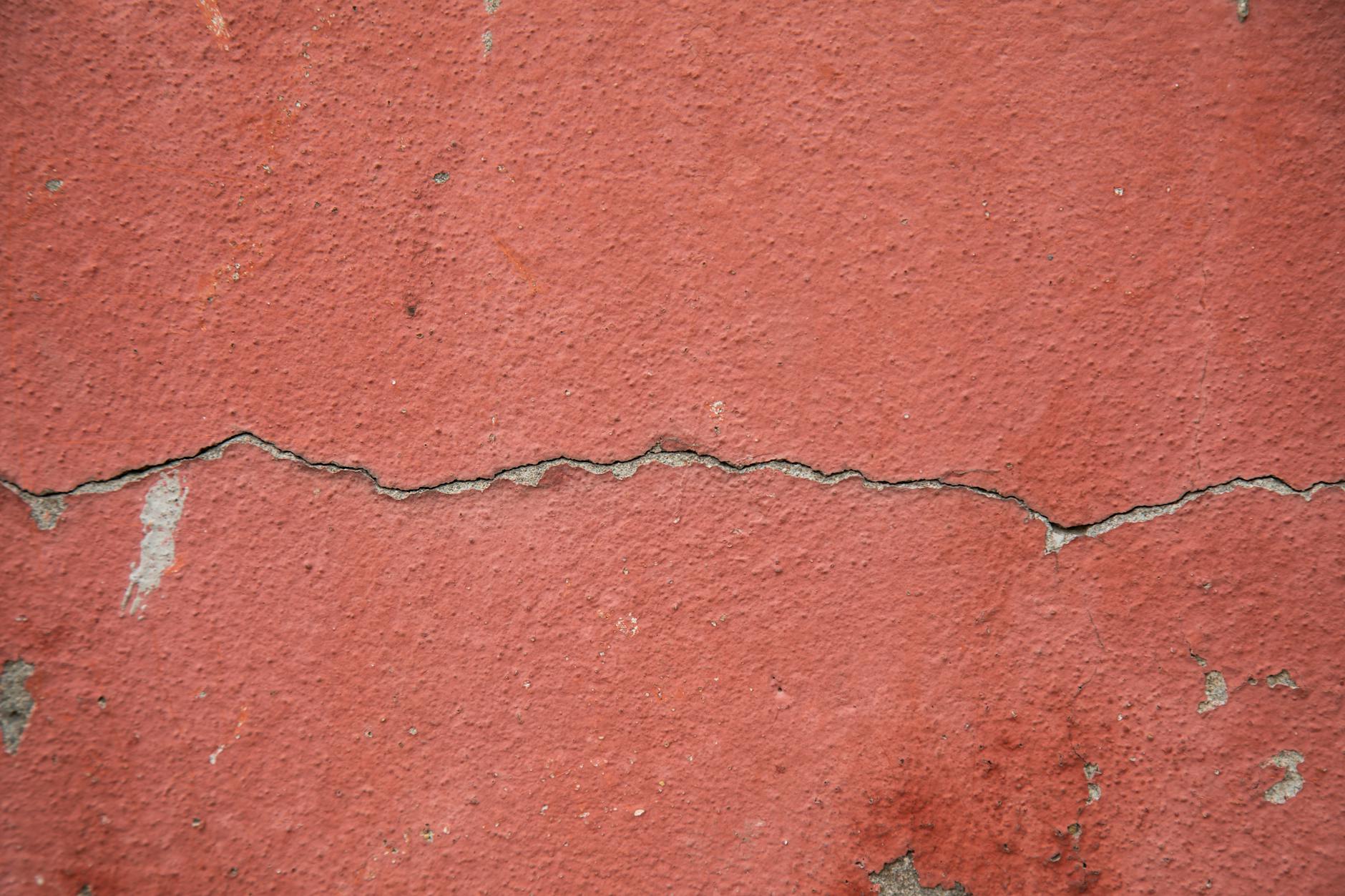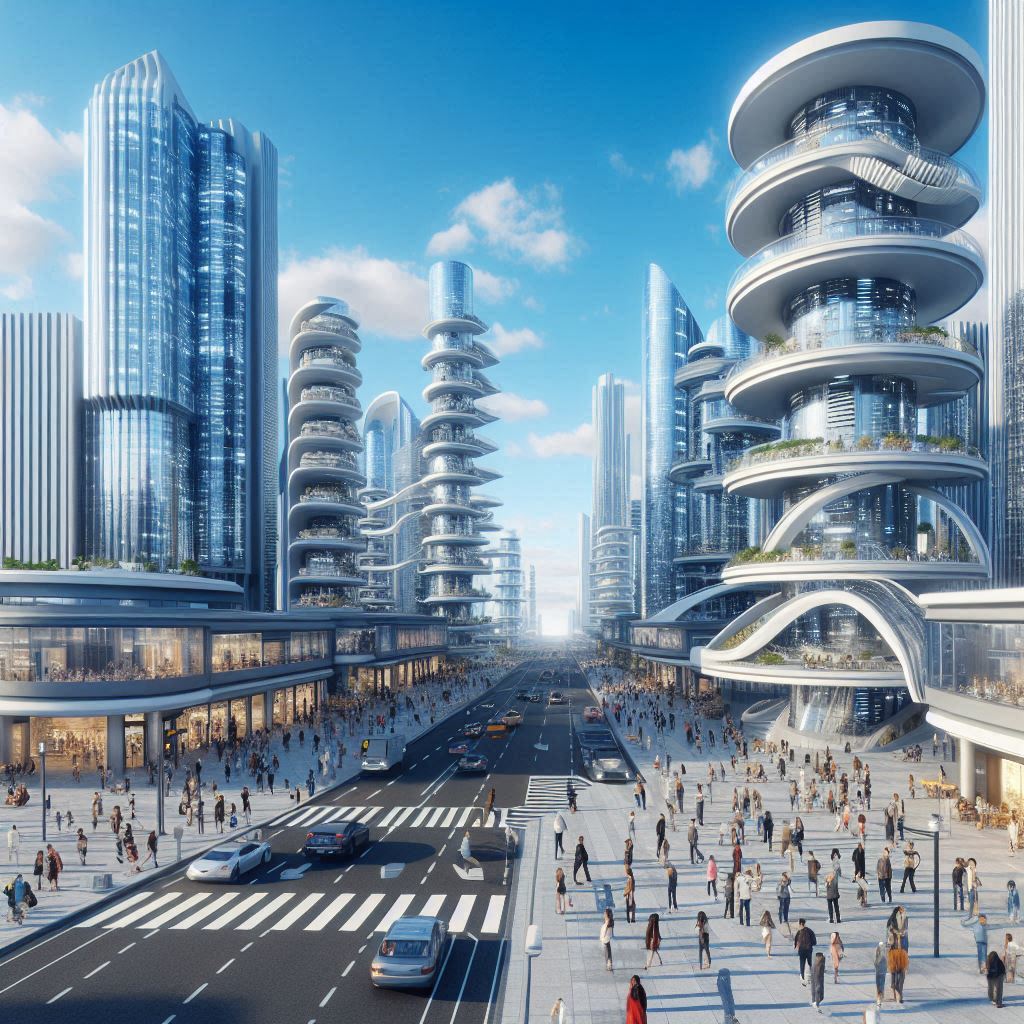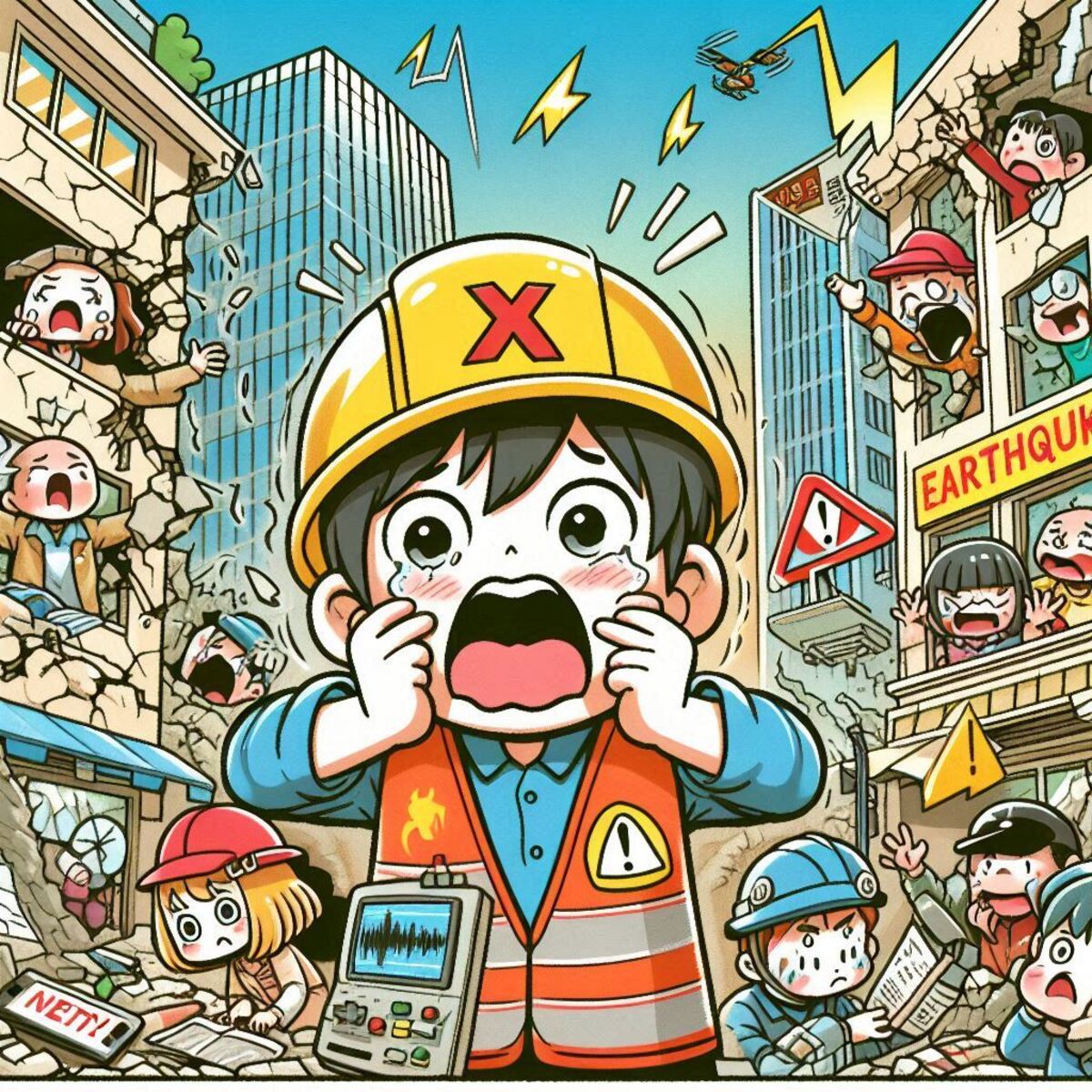“Isn’t Japan Risky Because of Earthquakes?”
It’s a natural question—and a common concern.
But in truth, no country in the world is more advanced in earthquake-resistant architecture than Japan.
In this article, we explore why Japanese real estate—despite being situated in one of the most seismically active regions on Earth—is widely regarded as one of the safest and most resilient assets available today from the perspectives of structure, framework, and philosophy.
◆ Architectural Innovation Born from Seismic Reality
Over the past century, Japan has endured—and learned from—some of the world’s most powerful earthquakes.
Building standards are elevated. Today, modern Japanese architecture routinely incorporates:
- The 1981 post-earthquake Building Code, mandating structures that remain standing even under seismic intensities of 6+ to 7
- High-rise residences in Japan are engineered with advanced base isolation and damping systems, allowing the entire structure to absorb and redirect seismic energy with precision.
- Legally enforced requirements for geotechnical surveys, pile foundations, and certified building materials—all seamlessly integrated into life- and asset-protection frameworks
These practices represent a level of foresight and engineering precision virtually unknown in countries with lower seismic risk.

◆ Proven Resilience in Real Earthquakes
-
Great Hanshin Earthquake (1995)
-
Great East Japan Earthquake (2011)
-
Kumamoto Earthquake (2016)
Across each of Japan’s major seismic events, buildings constructed under the post-1981 seismic code have shown exceptionally low rates of structural failure. Many high-end condominiums remained fully habitable—requiring no major repairs and continuing to operate without disruption.
In other words, resilience at magnitude 7 is no longer a theoretical promise—it’s a proven performance standard that has stood the test of time and tremor.
◆ A Level of Safety Beyond Global Comparison
In Thailand, Hong Kong, and Singapore, seismic risk is minimal—hence, earthquake-resistant building codes are either nonexistent or loosely defined.
Should a major seismic event occur, these regions face high risks of structural failure and long recovery timelines.
By contrast, the architecture in Japan is:
- Designed with seismic events as an inevitability
- Built to transform into protective shelters during disaster
- Structured and equipped to support continued living even in the aftermath
Japan stands alone as a nation where enduring natural disasters is not only possible—but also embedded in the economic value of real estate. It is a unique market where safety is not assumed—it’s architected.
◆ Structural Assurance Directly Supports Asset Value Retention
- Structural resilience means minimal post-disaster repair costs
- Low damage enables continued rental operations and market liquidity
- Well-managed building associations and insurance systems ensure swift recovery and functionality
Even after a disaster, property values remain remarkably stable—an outcome rarely guaranteed in other markets.

◆ Voices from Buyers
“I used to think earthquakes made Japan risky—but after research, I realized it’s actually the safest country.
It was striking to realize that in Japan, ‘buildings don’t collapse’ isn’t a hope—it’s a standard, backed by technology and policy.” — Thailand-based Entrepreneur & Investor
“Knowing that even if a disaster strikes while I or my family are in Japan, this home will protect us—that gave me the confidence to invest.” — Hong Kong–based High-Net-Worth Family
◆ The Ultimate Trust: Built Not to Break
Luxury, location, and design all matter—undeniably.
Nothing holds more enduring value than the confidence that your home will stand firm no matter what may happen.
Japan is the only nation where this level of resilience is institutionalized—engineered and codified into law and culture.
This is precisely why an increasing number of global high-net-worth individuals are quietly, deliberately turning to Japanese real estate as a disaster-resilient asset class.




